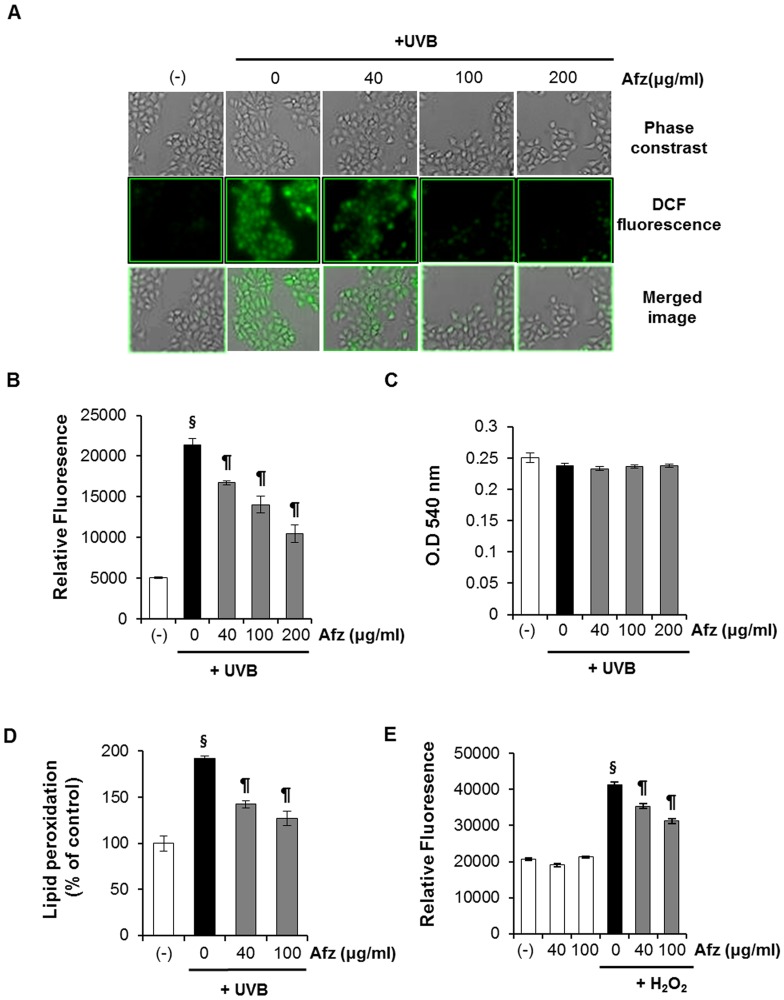Figure 3. Radical scavenging effect of afzelin which was treated after UV irradiation.
A–D. Effects of afzelin on UVB-induced reactive oxygen species (ROS) production in HaCaT cells. CM-H2DCFDA (5 µM) was added, and the cells were incubated for 20 min in the dark. The cells were then washed and irradiated with 20 mJ/cm2 UVB. The cells were treated with afzelin for 1 h. Subsequently, A. DCF fluorescence was visualized by fluorescence microscopy. The average fluorescence intensity values were calculated using Image J software. Representative data, n = 3 B. ROS-induced DCF formation was measured using a spectrophotometer. C. Cell viability was measured 1 h after UVB irradiation. D. Effects of afzelin on UVB-mediated lipid peroxidation in HaCaT cells. HaCaT cells were treated with afzelin (40–100 µg/ml) for 12 h after being exposed to UVB (20 mJ/cm2) radiation. At 12 h after UVB irradiation, the cells were processed for lipid peroxidation. E. Effect of afzelin on ROS production in H2O2-treated HaCaT cells. The cells were treated as described in A but incubated for 30 min with 1 mM H2O2 instead of receiving UVB irradiation. Data are means ± SD, n = 3 (B-E). § P<0.01 compared with the vehicle-treated group, ¶ P<0.01 compared with the UVB or H2O2-treated group (B–E).

